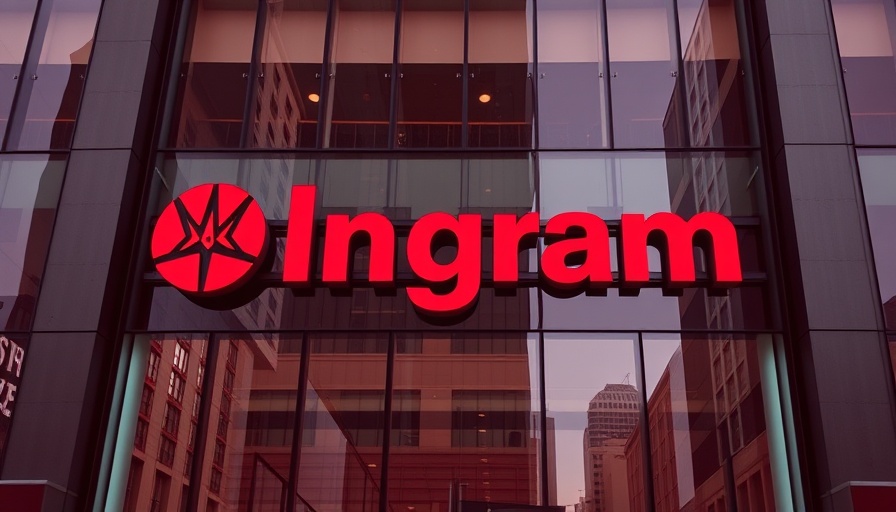
Ingram Micro Recovers Gradually from Ransomware Attack
Ingram Micro, a prominent IT distributor, is slowly emerging from the aftermath of a recent ransomware attack that severely disrupted its operations. After implementing new security measures, the company has resumed processing customer orders, but not without significant challenges. Reports indicate that long wait times for customer support and poor communication continue to impede business recovery, leaving many customers feeling frustrated.
Customer Experience and Communication Breakdown
One of the most glaring issues during the recovery period has been Ingram Micro's lack of direct communication with its customers. Many clients only learned about the status of services through a company status page, raising concerns about the company's transparency during the incident. Customers have described the support experience as "fragmentary," with some reporting that long wait times prompted them to abandon attempts to expand their licenses. "The communication is poor," shared one customer. "I understand they might not want to reveal everything, but some reassurance would be appreciated." This sentiment reflects a broader concern about how companies manage crisis communications.
The Impact of the Attack on Operations
On the third day following the cyberattack, Ingram Micro confirmed that they had succeeded in mitigating external access issues, but various operational constraints remained. The scale of service availability has begun to return to normal, with new orders now being accepted in several countries, including the UK, USA, and Germany. However, restrictions on hardware and technology orders remain, highlighting the challenges that continue to impact daily operations. Ingram Micro has pledged to communicate these limitations to customers more clearly when orders are placed.
Insight Into the Ransomware Group Behind the Attack
The attack has been attributed to the SafePay ransomware group, now recognized as a severe threat in the cybercrime landscape. With over 70 reported attacks in May 2025 alone, this group has emerged as a serious player, raising alarm among businesses worldwide. While the ransom note threatened exposure of data unless demands were met, there remains an air of uncertainty regarding the actual means of the attack. The infiltration reportedly occurred via the GlobalProtect VPN platform, though some cybersecurity experts have disputed this claim, suggesting that more investigation is necessary to grasp the full impact of the breach.
The Broader Implications for Managed Service Providers
The fallout from Ingram's situation has reverberated throughout the managed services community, with many providers finding themselves unable to serve clients due to restricted access to essential systems. The ramifications extend beyond day-to-day operations and pose risks to critical backup licenses. This incident serves as a stark reminder of how a single security breach can trigger a chain reaction, influencing numerous stakeholders across various sectors.
Learning from Cybersecurity Breaches
Despite Ingram Micro's assurances that future attacks could be prevented, this incident highlights the necessity for transparent reporting and open communication during crises. Other companies can benefit from Ingram Micro's experience by prioritizing customer communication in the aftermath of similar attacks. The recent breach faced by retailer Marks & Spencer, for example, emphasized the importance of sharing information to foster a learning environment among organizations that might face similar threats. Failure to communicate effectively can hinder the collective ability of businesses to fortify their defenses against cybercrime.
Call to Action: Prioritize Cybersecurity Today
The situation affecting Ingram Micro demonstrates the real and pressing need for enhanced cybersecurity measures in today’s digital landscape. Whether you’re a consumer or business, understanding the threats posed by cyberattacks is vital. Make it a priority to educate yourself about cybersecurity best practices, seek out resources for better protection, and support organizations that embrace transparency and proactive communication. Together, we can create a safer digital environment.
 Rij toevoegen
Rij toevoegen






Write A Comment